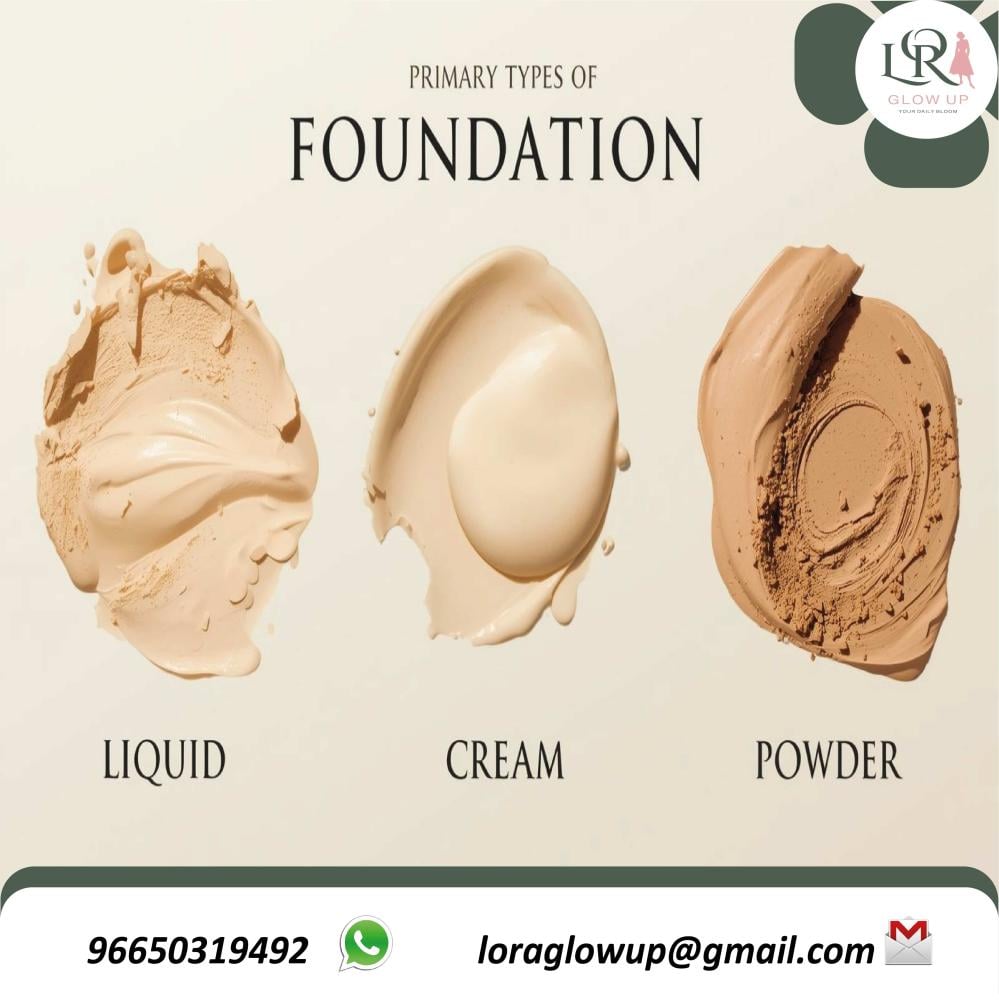Looking for secrets before using foundation to achieve flawless skin?
Foundation is one of the most essential makeup products that makes a noticeable difference by evening out your skin tone. However, many women face issues like clumping, visible lines, or quick fading over time.

Table of Contents:
- Introduction
- Ten Secrets Before Using Foundation
- Conclusion
Introduction:
Foundation is the first and most important step for achieving flawless makeup and an even complexion. However, many women struggle to get the perfect result even with good products, facing issues like clumping, fast fading, or uneven color.
The real secret isn’t just the product itself—it’s in preparation, correct choice, and smart application.
In this article, we’ll reveal ten essential secrets you should know before using foundation to achieve a natural, smooth, and long-lasting look.
Ten Secrets Before Using Foundation:
1- Choose the Right Shade
Select a foundation shade closest to your natural skin tone—not much lighter or darker—so your face doesn’t look mismatched with your neck or hands.
It’s recommended to test the shade on your jawline, not your hand, as hand color often differs from your face.

2- Prepare Your Skin Before Application
Always start by thoroughly cleansing your skin, then apply a lightweight moisturizer suitable for your skin type.
After that, you can use a primer to smooth the texture and minimize the appearance of pores, helping the foundation to blend evenly and last longer.

3- Use a Moderate Amount
Moderation is the key to a natural look.
Applying too much foundation can make your face look heavy and cakey, while too little may not provide the desired coverage.
Start with a small amount and add more as needed.

4- Proper Blending
For a smooth and even look, use a slightly damp beauty blender or a professional blending brush.
Blend with gentle, light motions, avoiding vigorous rubbing to prevent removing the foundation from its place.

5- Pay Attention to the Edges
Make sure to blend the foundation well around the hairline, jawline, and near the ears to avoid visible lines that separate the face from the rest of the skin.

6- Layered Coverage
Instead of applying a thick layer at once, use two light layers as needed to cover imperfections or spots. This gives a natural look without clumping.

7- Setting the Foundation
After applying, use a translucent powder or a setting spray to keep your makeup in place and prevent excess shine, especially in the T-zone (forehead, nose, and chin).

8- Avoid Highlighting Dry Areas
If your skin has dry patches, moisturize them well before applying foundation. Gently blend the product on these areas using a soft beauty blender to prevent a cracked appearance.

9- Test in Natural Light
After finishing your makeup, check the result in natural light, as some shades may appear different under yellow or strong white lighting.

10- Observe How the Product Reacts with Your Skin
Every skin type is unique, so monitor how the foundation wears throughout the day — does it oxidize? Become shiny? This helps you choose the right type for future use.

Conclusion:
Foundation is not just a cosmetic step, but an art that requires knowledge and precision. Choosing the right type and shade, preparing the skin, and proper blending are small details that make a big difference. Beautiful skin looks natural, smooth, and radiant without overdoing it.




